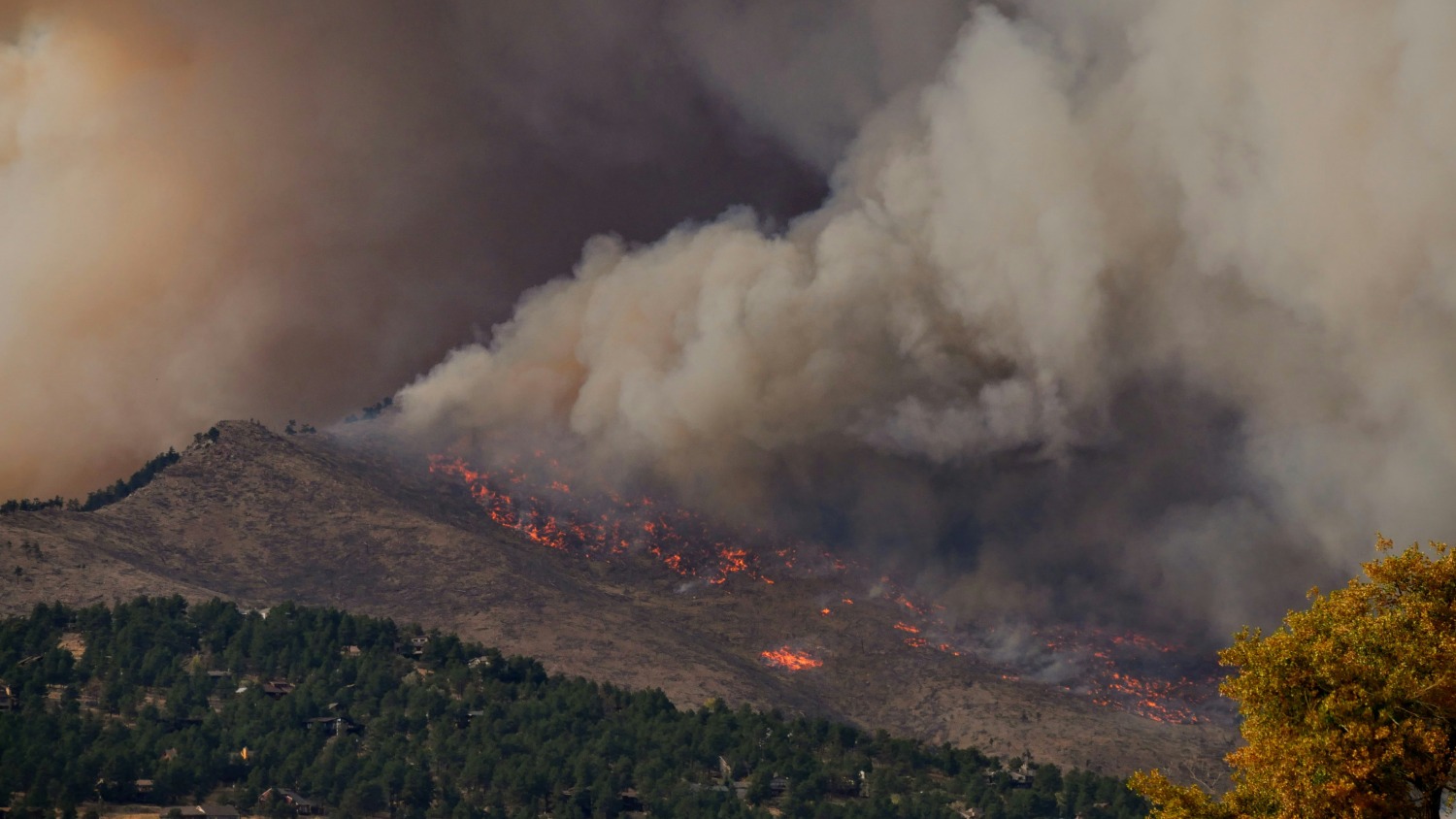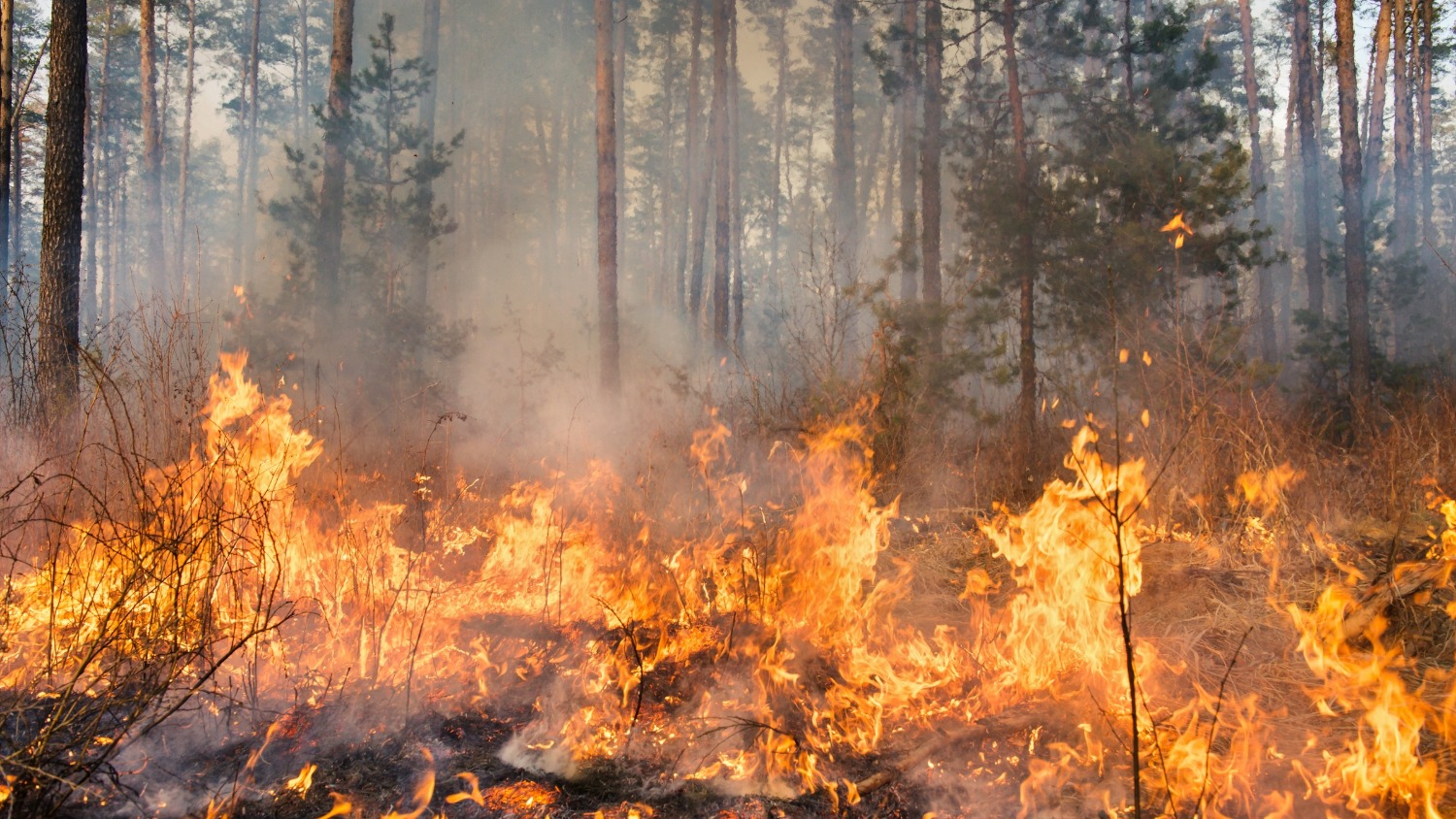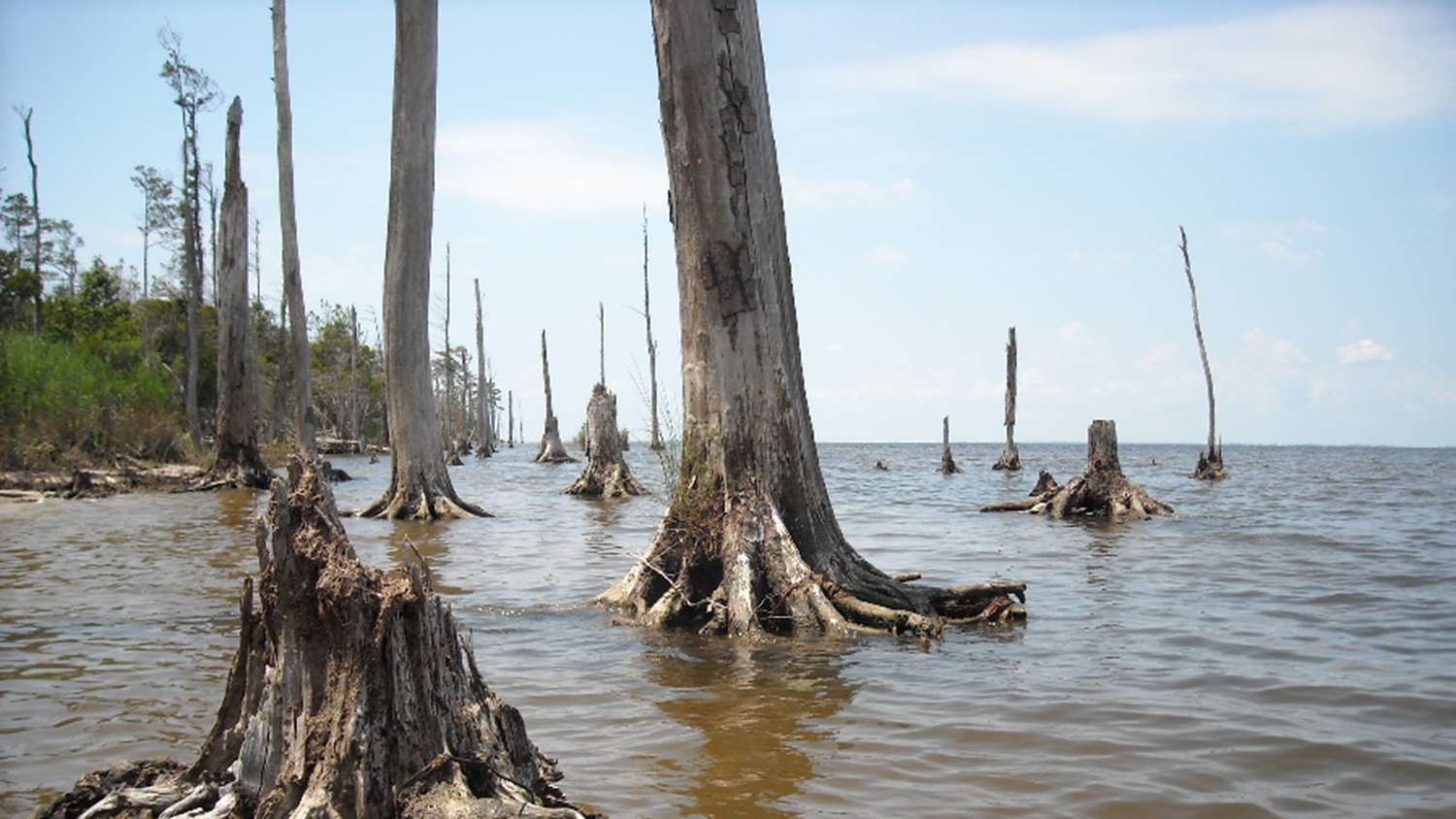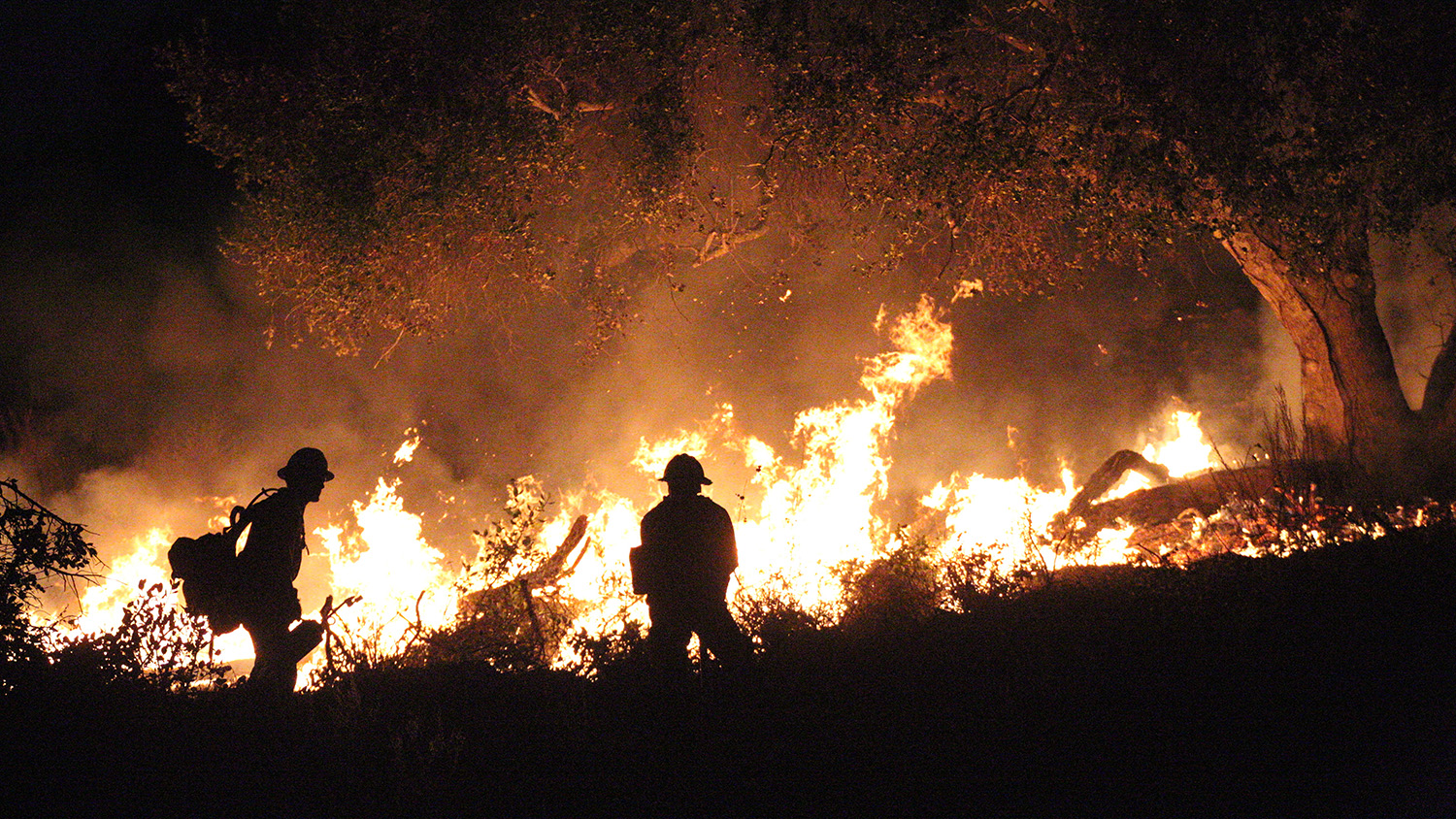How Do Wildfires Start?
NC State professor Joseph Roise breaks down the science of how wildfires start.

Wildfires can start from natural causes, such as lightning, but most are caused by humans. In fact, about 85% of wildfires in the U.S. result from human causes, including arson, unattended campfires and debris fires and discarded cigarettes.
“Human carelessness is the biggest contributing factor to the start of wildfires,” said Joseph Roise, a professor of forestry and environmental resources at NC State, whose research focuses on wildfire behavior and prevention.
No matter the cause, wildfires require three key components to ignite: fuel, heat and oxygen. These components are commonly referred to as the “fire triangle,” according to Roise.
Fire is the effect of a chemical reaction known as combustion, which occurs between oxygen in the air and some sort of fuel that’s been heated to its flash point, or the lowest temperature at which it will ignite.
Fuel is any kind of flammable material, including trees, grasses, shrubs, and even houses. These materials emit a vapor. Heat brings these fuels to their flash point, causing the vapor to evaporate and mix with oxygen.
Oxygen is the naturally occurring element needed for igniting and sustaining a fire. When burning fuel is exposed to oxygen from the air, a chemical reaction occurs that releases heat and generates combustion.
A fire can only occur when all three components react together, according to Roise. So in order for a fire to be extinguished, at least one of the components of the “fire triangle” must be removed.
Wildfires can happen any time of the year. But generally, the risk of wildfires increases when an area experiences increasingly dry and warm conditions, such as drought.
Drought conditions are sometimes preceded by a period of above average rainfall, which encourages more plants and trees to grow. This vegetation, however, usually wilts and becomes dried out when drought conditions occur, reducing moisture content and providing ample fuel for wildfires.
Roise said drought conditions — and wildfires — typically occur in North Carolina in the late fall or early winter, sometimes extending into the spring. In California, on the other hand, the risk of wildfires is highest between August and November when hot, dry winds are most frequent.
“The southeast doesn’t really experience wildfires during the summer, because the ground is so wet from all the rain,” Roise said. “You could dump several gallons of gasoline out in the woods and light it and nothing would happen. It’s a different story out west. They’ve had drought for years.”
Storms and other natural hazards can also raise the risk of wildfires. Hurricane-force winds, for example, can kill a large number of trees in pine forests, leaving behind a large amount of dead needles that can easily ignite when exposed to a heat source.


